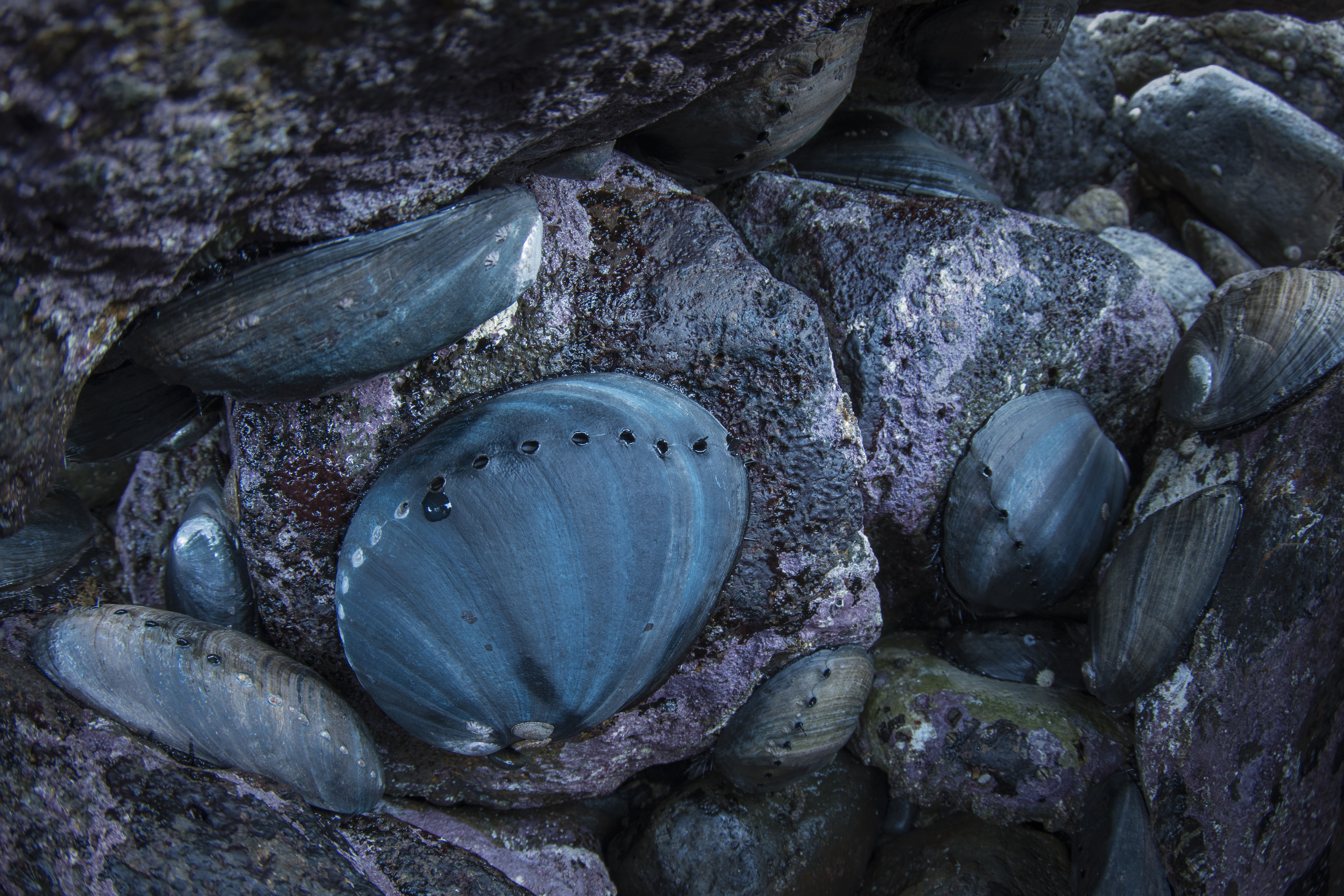Black Abalone Are Making a Miraculous Comeback
Biologists, Archeologists Have Teamed Up to Understand Why

Thirty years ago, black abalone ruled the intertidal zones of Southern California and the Channel Islands. By 2009, the species had become so depleted that it was put on the Endangered Species List, but a recent study published by a diverse group of researchers shows that the tides may be turning back in the abalone’s favor.
In certain areas of the islands, where there had been only a handful of abalone just a few years ago, there are now dozens, and the populations seem to be growing at a nearly exponential rate. National Park researcher Steve Whitaker said the resurgence is occurring much faster than he could have ever imagined. At first blush, this appears to be a simple win for black abalone, but to understand if these growth patterns are natural or not, the help of archaeologists is necessary.
The authors of the study used a specialized research method called historical marine archaeology. They compared the sizes of abalone shells discarded more than 10,000 years ago by Chumash people to those found in more recent centuries. “If you really want to know what the population looked like, what better way than to go back as far as you can possibly go?” asked Whitaker.

After European colonists pushed the Chumash off the islands, the next group of people to actively fish for black abalone in the area were Chinese immigrants. At that time, in the early 1800s, abalone was plentiful because their natural predator, the native sea otter, had been hunted to near extinction. According to archaeologist Todd Braje, the Chinese assumed the proliferation of black abalone was natural, so they began intensive harvesting. This started the process of a population collapse. Following 1993, when regional abalone fisheries were shut down, conditions only worsened as the damaged ecosystem bred disease, including withering foot syndrome, the leading cause of black abalone decline.
While it’s still not clear what exactly is bringing the abalone back, or if they’re here to stay, the study itself is a success. It’s rare for interdisciplinary work, in this case among biologists and archeologists, to actually come to fruition. “I’ve been doing this for 10-15 years, and [interdisciplinary work] is not the norm,” says Braje. “It takes a lot of patience, a lot of learning, a lot of dialogue, and a lot of willingness to be outside of your comfort zone.”




You must be logged in to post a comment.